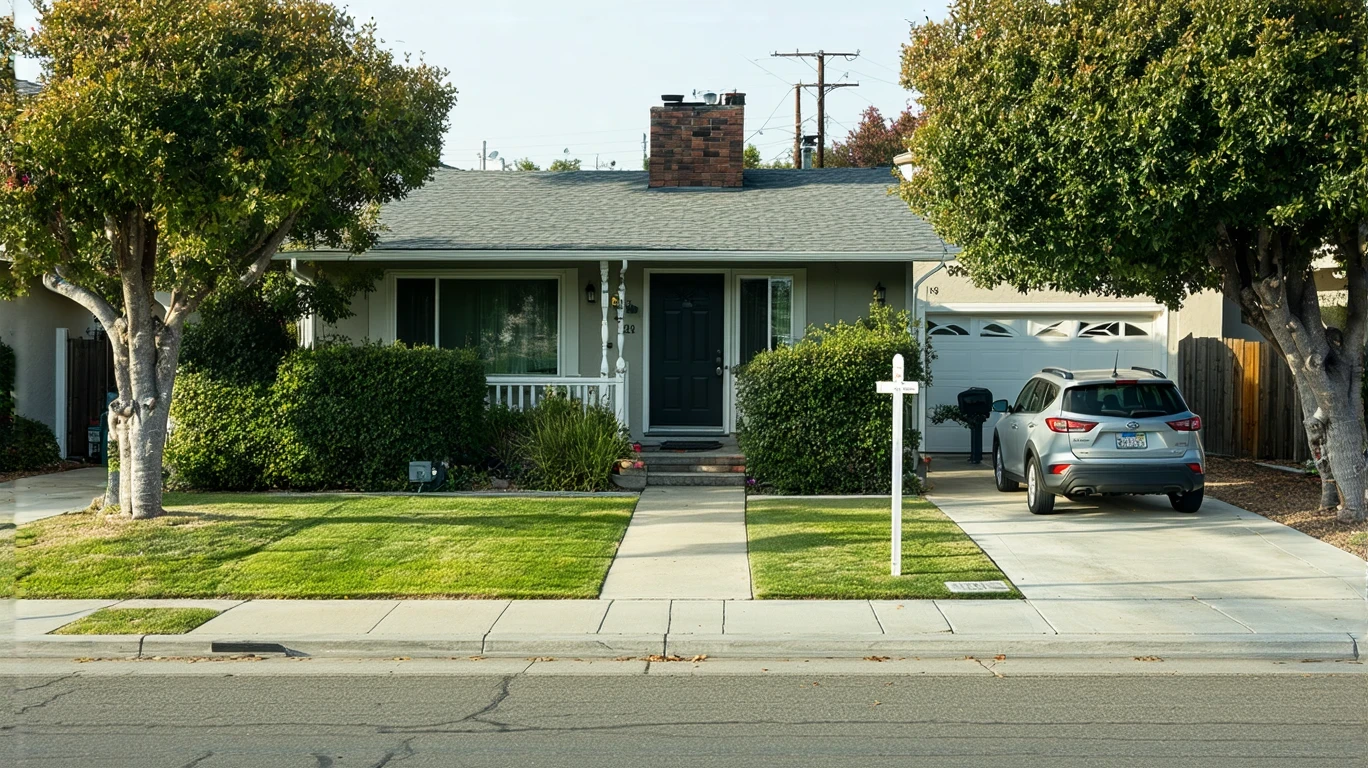
Budgeting Smarter in Oceanside
Whether you’re a new mover or long-time resident, understanding how your monthly budget in Oceanside stacks up is key to financial health. Depending on your lifestyle and income, expenses can vary widely. In Oceanside, housing and electricity often make up more than 55% of a household’s budget.
To illustrate what this looks like, let’s walk through the monthly budget of Jasmine, a 27-year-old single renter working a remote job with a gross income of $3,000 per month:
- Rent: $1,450 for a studio apartment
- Utilities: $120 for electricity, $40 for internet
- Food: $400 for groceries and occasional takeout
- Transportation: $100 for gas and car insurance
- Miscellaneous: $200 for entertainment, subscriptions, etc.
- Savings: $690 (23% of income)
As you can see, even with a modest income, Jasmine is able to save by keeping her biggest expenses like rent in check. Of course, your monthly budget in Oceanside will depend on your specific situation. Here are a few more examples to consider.
What Real Budgets Look Like in Oceanside
| Expense | Jasmine ($3,000/mo) | Sam & Elena ($7,000/mo) | The Ortiz Family ($9,500/mo) |
|---|---|---|---|
| Rent/Mortgage | $1,450 | $2,400 | $3,200 |
| Utilities | $160 | $280 | $450 |
| Food | $400 | $800 | $1,200 |
| Transportation | $100 | $500 | $800 |
| HOA/Fees | $0 | $0 | $350 |
| Miscellaneous | $200 | $600 | $1,000 |
| Savings | $690 | $2,420 | $2,500 |
These estimates reflect common lifestyle costs in Oceanside. All income figures are gross monthly (pre-tax).
Sam and Elena, a dual-income couple renting a 2-bedroom, spend proportionally more on transportation with two commutes. The Ortiz family, homeowners with two kids and a mortgage, face higher utilities and HOA fees. But in all cases, housing remains the biggest line item, ranging from 34-48% of monthly budgets.
Biggest Cost Drivers
So what causes Oceanside budgets to balloon? Seasonal utilities are a big factor. In Oceanside, the cost of electricity can rise substantially in summer due to A/C use. Transportation is another pain point, with gas prices and car ownership adding up quickly.
Housing, unsurprisingly, is the most impactful cost. Rents have climbed steadily in recent years, with the median 1BR now over $2,200 according to Zumper. For homeowners, mortgages and property taxes tie up a large chunk of income. Location matters too – in neighborhoods like Downtown Oceanside, housing costs tend to be higher across the board.
Tips to Stretch Your Budget Further
Fortunately, there are ways to keep monthly costs manageable in Oceanside:
- Shop at discount grocery stores like Aldi or Grocery Outlet
- Take advantage of SDG&E’s off-peak pricing to reduce electric bills
- Use blinds, curtains, or shade systems to minimize A/C in the summer
- Opt for public transit when possible to save on gas and parking
🏆 Pro Tip: Check for rebates and incentives from the City of Oceanside to offset costs like utilities, solar panels, and energy-efficient appliances.
FAQs About Monthly Budgets in Oceanside
Q: Can you live in Oceanside on $3,000 per month?
A: Yes, but it requires smart budgeting. Expect to spend at least $1,400 on rent for a studio or 1BR. With $400 for food, $160 for utilities, and $300 for other essentials, you’ll have roughly $740 left for savings and discretionary spending.
Q: What’s a realistic rent budget for Oceanside?
A: Aim to spend no more than 30% of your gross income on rent. For example, if you make $5,000 per month, target a max rent of $1,500. In Downtown Oceanside, this may only get you a studio, but in other areas, a 1BR is doable.
Q: What’s a good budget breakdown for $4,000 per month in Oceanside?
A: Here’s a sample budget at that income level:
- Rent: $1,600 for a 1BR apartment
- Utilities: $200 for electricity, internet, etc.
- Food: $500 for groceries and dining out
- Transportation: $300 for car payment, gas, insurance
- Miscellaneous: $400 for entertainment, shopping, subscriptions
- Savings: $1,000 (25% of income)
Planning Your Next Step
Examining these Oceanside budget examples is a great starting point for managing your own expenses. Take a hard look at your income and categorize your monthly spending to see how it aligns. The key is striking a balance between needs, wants, and savings that works for your lifestyle.
Ready to dive deeper? Check out our detailed breakdowns of average grocery bills, rent and home prices, and commuting costs in Oceanside to optimize your budget further. With the right strategy, you can make the most of living in this vibrant coastal city.
